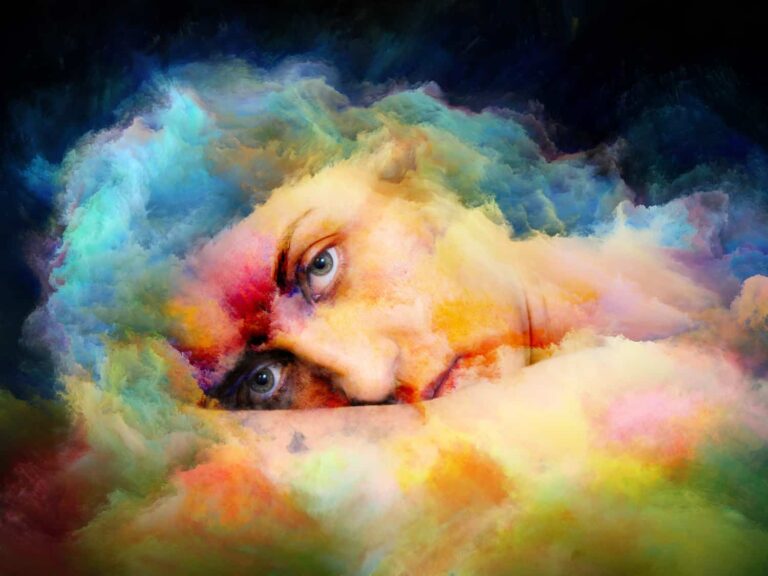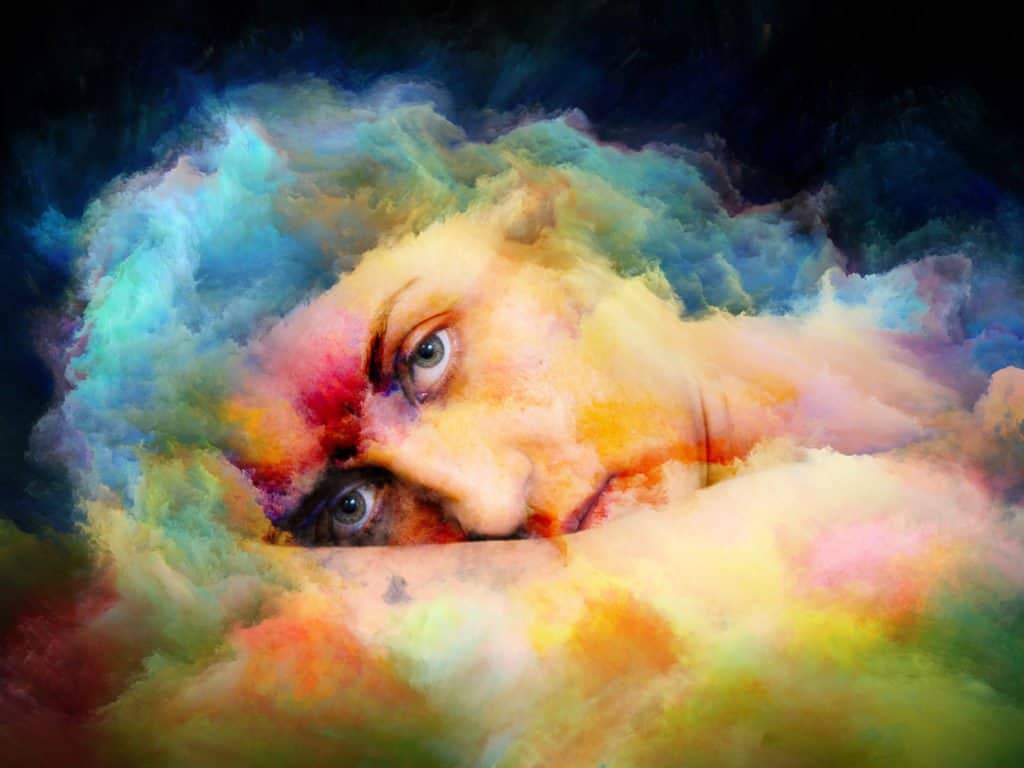
Throughout history, humans have had unique and varied ideas about sleep. The ancient Egyptians believed dreams could change the future. The ancient Hawaiians believed their ancestral guardians guided them in dreams. They called it “mo’euhane,” which means “sleep of the soul.” Even modern religions such as Islam and Christianity believe dreams come to us to convey important messages from God or the Devil (Shaitan in Islam).
While reality shifting is not new – governments even explored the concept as far back as the 1970s – it gained popularity among post-millennials around 2020 on TikTok and YouTube. Its popularity can be attributed to the popularity of shows like: Rick and Morty This situation was exacerbated by boredom brought on by social isolation due to the COVID-19 pandemic, combined with the influence of other media.
On TikTok, proponents of the idea are deeply committed to the belief of going beyond physical limitations and exploring other imaginary worlds: they believe that if they focus on them, they can even visit different historical eras or meet their favorite fictional characters.
The concept of reality changing on TikTok
The concept of reality shifting on TikTok suggests that there are infinite universes within the multiverse. This has become a concern for people who seek to explore different states of consciousness. They believe that each universe contains a different version of themselves, and that these versions can intersect and coexist in the same universe. Followers believe they can travel to alternate realities through the various ways creators on the platform share.
Reality-altering TikTok users use certain meditation techniques to help them in so-called “quantum” journeys. They share their experiences and advice on how to make the journey better. Many claim that by altering reality they visit worlds where they can be with their favorite characters. This is a concept that is especially popular among fans of Harry Potter, Doctor Who and other fantasy and animated series.
According to many reality-altering TikToks, actions in an alternate reality can have consequences of metaphysical and moral justice, and those who engage in criminal or illegal acts in an alternate reality should also be held accountable in our reality.
How TikTok’s reality shift impacts sleep
Many people use relaxation and grounding techniques when shifting their reality, which have a physiological effect on the nervous system that is calming and therapeutic. For example, full-body relaxation, journaling, using binaural beats, and repeating affirmations are all good ways to transition into a calmer state.
Ryan C. Warner, PhD, clinical psychologist and founder of RC Warner Consulting, says that altering reality can affect sleep in different ways for different people: “For some, it may lead to relaxation and improved sleep quality, whereas for others, it can cause restlessness and disrupt sleep patterns,” Dr. Warner says.
According to Niloufar Esmaeilpour, MS, a registered clinical counselor and Somatic Experiencing Practitioner at Lotus Therapy & Counseling Center, the idea of shifting into an alternate reality by setting an intention before going to sleep or winding down may seem harmless or even fun at first, but it can seriously disrupt your sleep.
“The act of setting an intention, and the mental training required to ‘switch’ it, can make it harder to fall asleep because your brain is working to set up the overall scenario rather than relaxing naturally,” she says.
The relevance and potential risks of TikTok’s reality shift
Some proponents of reality shift believe it works based on the multiverse theory, which was first proposed by physicist Hugh Everett III as part of the many-worlds interpretation of quantum mechanics. The multiverse theory suggests that there could be an infinite web of coexisting realities. However, the idea of creating your own reality is not in the original theory and is not supported by the scientific community.
TikTok’s reality-altering practice draws from other concepts. Some have noted that it is no different from active imagination or lucid dreaming. Psychologists have compared it to related phenomena such as hypnotism, imaginary friends, dissociation, immersive and maladaptive daydreaming, and lucid dreaming.(1)
Altering reality and lucid dreaming are related but not the same, Esmailpour says: “They both involve intentionally remaining aware while asleep or resting and trying to control or guide your state,” she says.
Lucid dreaming is when you’re aware that you’re dreaming and have control over it. It’s a less common ability that relies on fantasy and imagination, says Esmailpour, but unlike altering reality, it’s backed by science.
For people with mental health issues, believing in a change in reality can be dangerous: they can become attached to their desired reality and become overly detached from their everyday lives.
Changing reality relies on the fantasy of bridging the gap between fantasy and reality, imagining that you can live in a completely different reality, Esmailpour says. “For some people, that line is very thin.”
How to relax safely
Some who have abandoned reality-altering attempts attribute its popularity among the TikTok generation to the stress and pressures of young people turning to mental escapism as a way to cope. But if you’re looking for more everyday, down-to-earth solutions to deal with daily stress and improve your mental health and sleep, there are plenty of effective strategies.
“Practicing mindfulness meditation and progressive muscle relaxation are excellent ways to set your mind and body up for a restful night,” says Esmailpour. These techniques connect you to the present and promote physical and mental relaxation. “Cutting down on screen time before bed and creating an environment that’s conducive to sleep can also dramatically improve the quality of your sleep,” she adds.
Dr. Warner recommends deep-breathing exercises and mindfulness meditation as part of a healthy lifestyle that also includes regular exercise, a balanced diet and consistent sleep habits. She also suggests limiting caffeine intake and screen time before bed, and seeking support from a friend, family member or mental health professional if needed.
He also recommends the Better Sleep App, for which he is an expert contributor and narrator, which offers proven tips and personalized advice to help you sleep better and improve your overall health. Other apps include Calm and Pzizz.
The desire to escape reality could be a sign that you need to manage your stress better. “The solution is to consistently use these methods to reduce stress and boost your mental health, which will ultimately lead to better sleep and a more balanced life,” says Esmailpour.
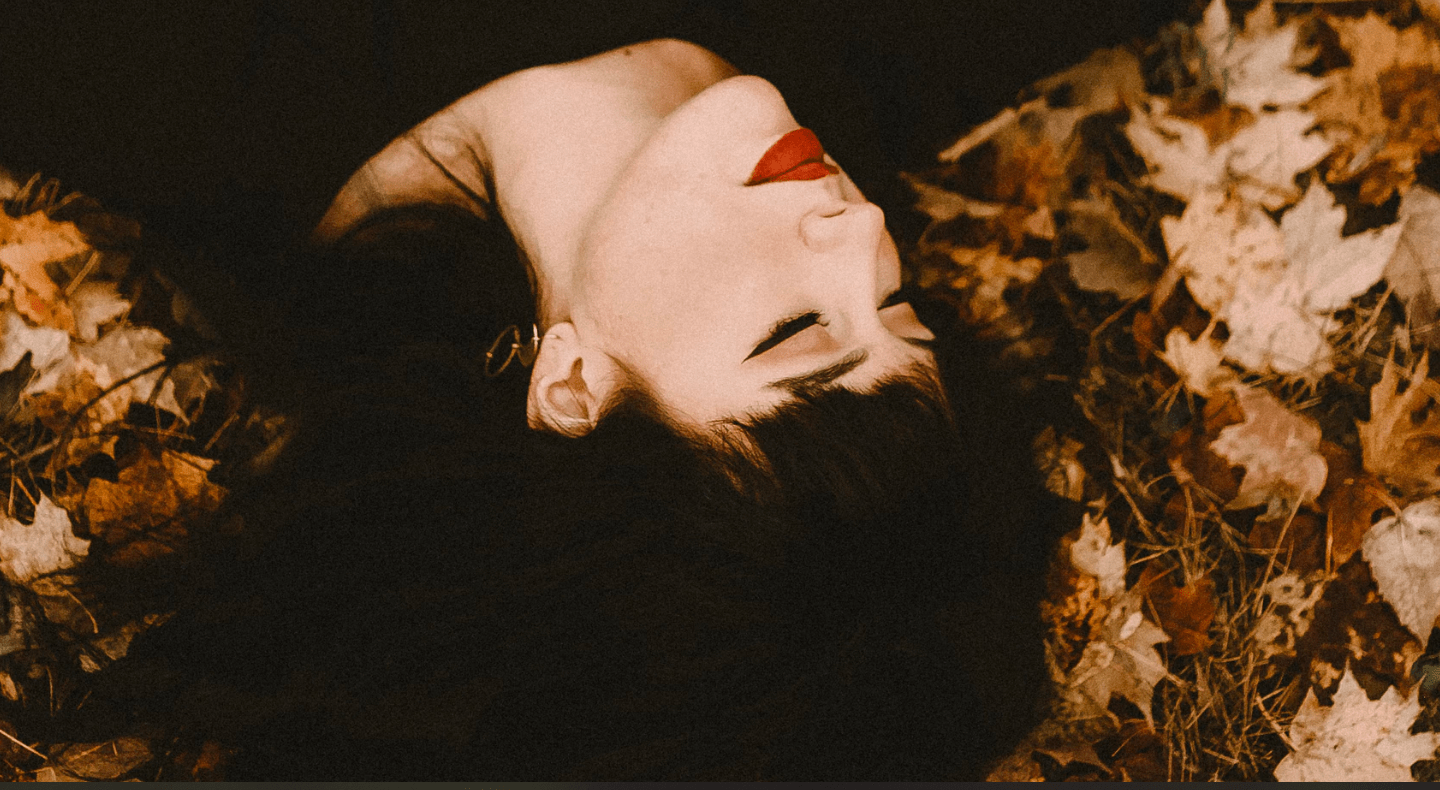
Why we dream is one of the oldest questions in behavioral science. There are many theories about the purpose and nature of dreams. Are dreams messages from the subconscious? Or are they just meaningless firings of neurons in the brain? … Continue reading
read more
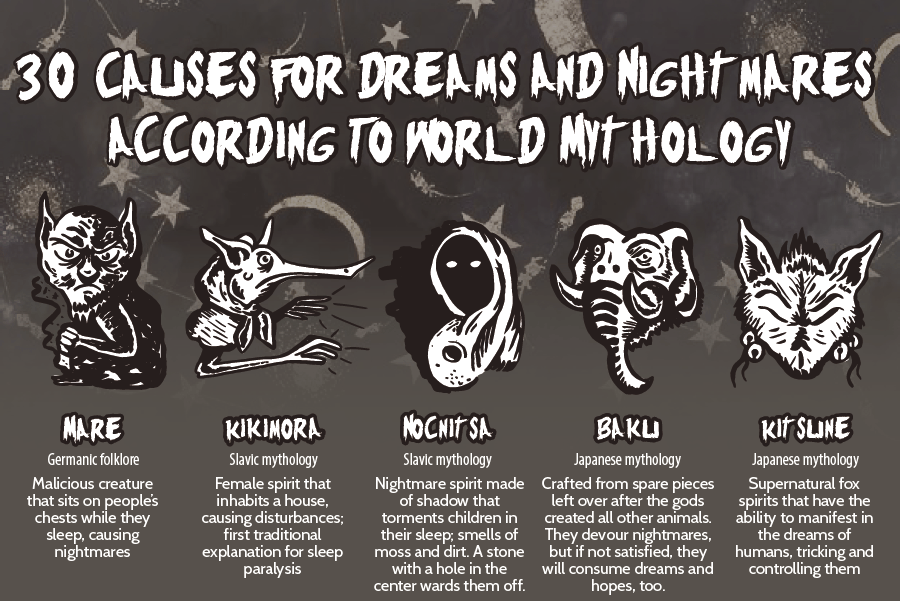
Nightmares are frightening or disturbing dreams that often wake the dreamer from sleep. Nightmares are especially common in children. Possible causes include anxiety, hormonal changes, fever, headaches, and sleep disorders. … Continue reading
read more
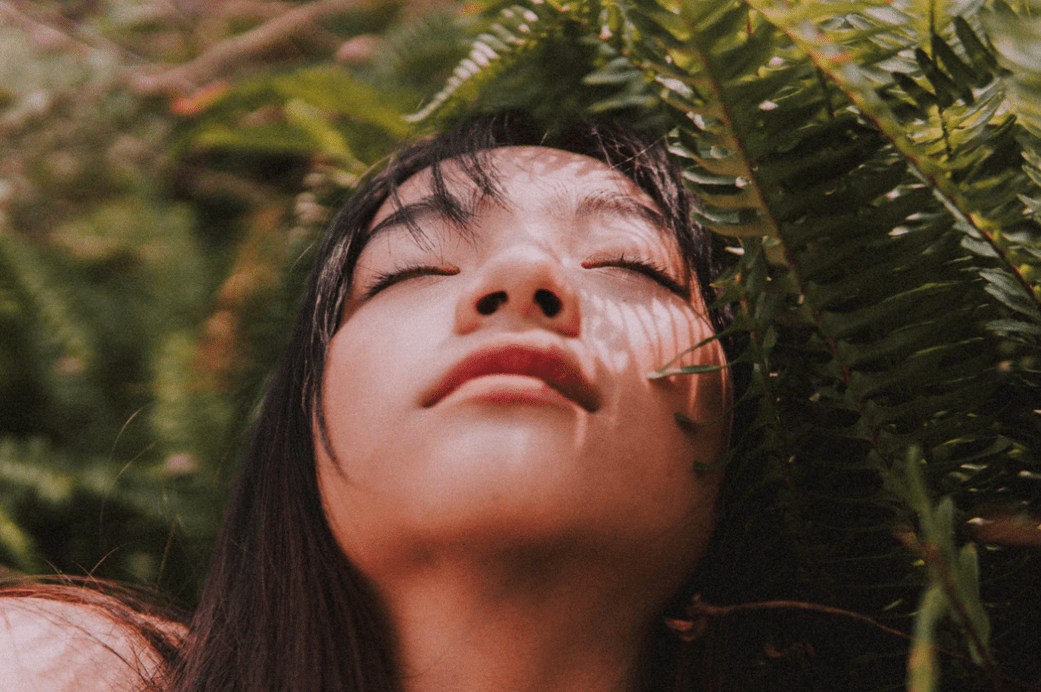
In 2010, Leonardo DiCaprio and a few of his friends first introduced the concept of lucid dreaming to the masses. The movie was “Inception,” in which the main character, Cobb,… Continue reading
read more
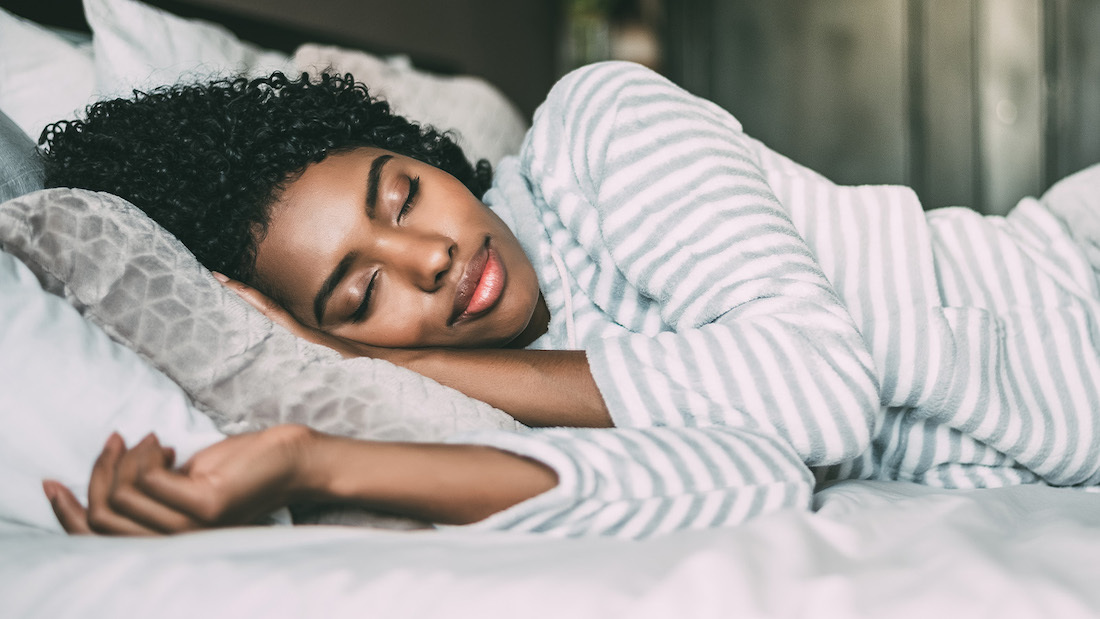
You’re not alone if you imagine imaginary or fantasised scenarios before going to sleep, such as falling in love with your favourite celebrity or having a romantic Valentine’s dinner with your special someone. … Continue reading
read more
source
1. Somer, E., Cardeña, E., Catelan, RF et al. Changing reality: The psychological characteristics of an emerging online fantasy culture. Curr Psychol 42, 11415–11427 (2023). https://doi.org/10.1007/s12144-021-02439-3 Warner, Ryan C. Author interview. June 2024. Esmailpour, Niloufer. Interview with the author. June 2024.
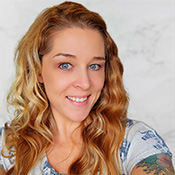
Rachel McPherson
Rachel McPherson, BA, CPT, Certified Strength and Conditioning Specialist, Certified Exercise Nutrition Specialist, Certified Pre- and Postnatal Fitness Trainer, and Pain-Free Performance Specialist. She is passionate about providing readers with clear, actionable tips to live an active, vibrant, and fulfilling life. When she’s not writing, you can find her lifting heavy, reading, exploring the outdoors, or catching up on the latest installments in the Star Wars universe. She lives with her family and pets in beautiful Nova Scotia, Canada.

